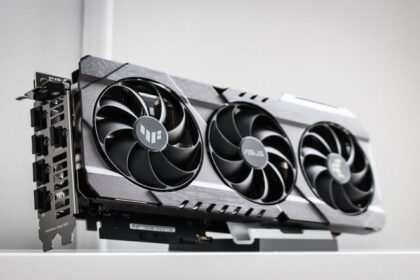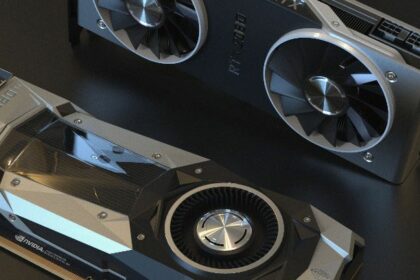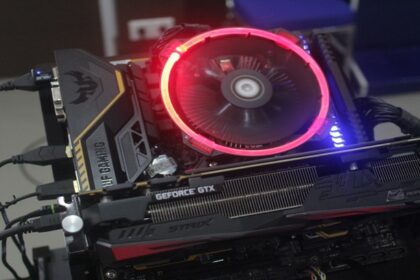The CPU temperature is the most critical aspect you should be monitoring. The CPU is the center of your whole PC build and you might ask “how hot should my CPU be while gaming?” The answer is simple but maintaining the right CPU temperature would be the tougher task.
There are many factors involved that can affect your CPU temperatures like your CPU usage. At the same time, there are also many factors involved that can affect your CPU usage. This article will aim to provide you some insight on both and teach you how to lower your CPU temperatures at the same time.
What Temperature Should My CPU Be When Gaming?

There are two perspectives to show here. If you are hovering around 70 to 80 degrees Celsius, some would say that it is generally safe. While it is a little bit safe, it is already near the danger levels of overheating as going close to 90 degrees while gaming can get your CPU damaged over time.
After learning this, you can choose either to have your CPU within the 40-70 degrees Celsius range or maximize your output by maintaining 80 degrees Celsius throughout your gaming sessions. If you maintain lower temperatures and be more conservative, there will be no risk of CPU damages from overheating. It will also prolong the lifespan of not only your CPU but also your other parts.
Although both are generally safe, the concept of wear and tear also exists among computer components. The harder your CPU gets worked, the faster it could wear out. This is true to a certain extent because it should be perfectly safe to use it frequently but not as intense. The workload is the biggest factor here for longevity.
In my personal opinion, I would suggest the conservative approach where your CPU should hover around 60 degrees Celsius on average. Obviously, if your computer is idle, it should not require as much CPU usage so this should only be for when you are processing things like gaming or video editing.
Maintaining this temperature level will give more leeway for your CPU to process additional data that may spike during gaming. It will be hard to measure when these scenarios will happen but most games will generally have certain moments where it works the CPU more than usual.
How to Lower Your CPU Temperatures
PC placement
The first way of trying to lower your CPU temp while gaming is by placing your PC tower in the most optimal location. This is obviously different for every single room layout, but you would want your PC to have as much breathing room as possible.
This means that it is best that your PC is near the open where air can easily flow – allowing for normal CPU temperature while gaming. Avoid putting it near the corners of your room where it is all clumped up by other objects. It will also accumulate more dust when you put it near a window or the corner of a room.
Avoid putting it on the ground because it will just turn your PC into a really expensive vacuum as it inhales all the dust particles on the ground. This might cause damage to your PC components in the long run. All of these affect your normal CPU temp while gaming as dust and airflow play a huge role in it.
Reapplying thermal paste to your CPU
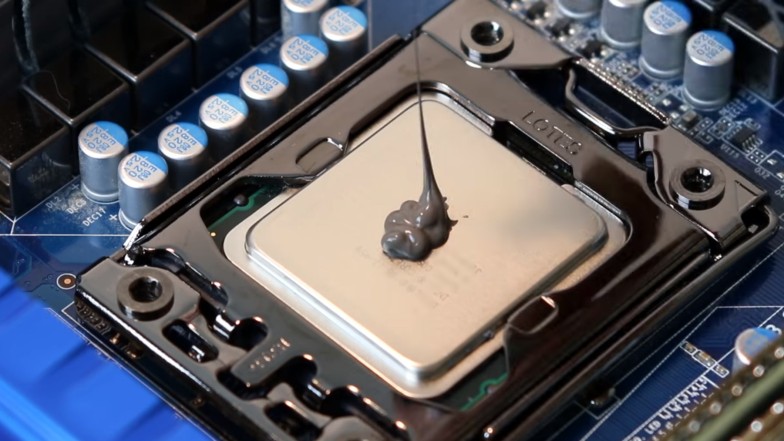
One of the common causes of higher CPU temperatures is when your thermal paste starts to dry up and you have no idea. It is hard to tell when this happens, but the telltale sign is when your CPU temperatures start to rise up even when you are doing the same workload as before.
This is why it is always good to monitor your temperatures or usage every time you are playing. To get a general idea of how often you should change thermal paste, you can check out our article on it.
Reapplying the thermal paste on your CPU and your CPU cooler will help you in the long run even if your thermal paste has not dried up yet. So whether you change it earlier or not, reapplying thermal paste should always benefit your CPU’s temperature levels.
Make sure you know how to remove thermal paste because leaving old residue can affect your reapplied thermal paste and can cause higher CPU temperatures again. This method should lower your CPU temperatures, but the improvement can only be minimal.
Reducing CPU usage
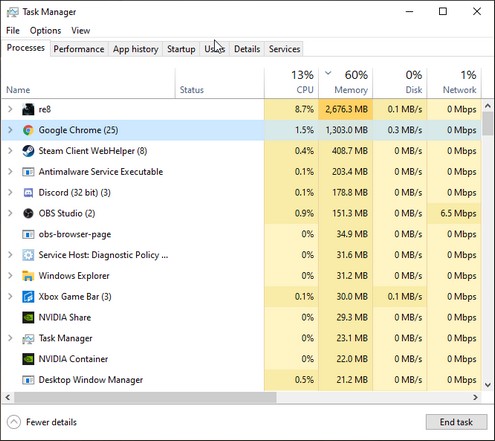
What should CPU usage be while gaming? As long as you are not using 100% of your CPU usage with dangerous temperatures, you should be fine. However, there are a lot of factors involved and CPU usage can fluctuate in different circumstances.
While the purpose of the CPU is to keep processing any data that is being handed to it by the GPU or the RAM, the amount of data being processed directly affects your CPU’s temperature. Knowing what kind of applications or programs uses up a ton of CPU usage will help you determine which ones to close.
When you are playing games, there are a ton of services running in the background that can increase CPU usage. The best way of checking this is through the Task Manager application. You can open it by holding Ctrl + Alt and pressing DEL. Open the Task Manager and check the CPU usage under the “Processes” tab.
Find the programs running that you are not using and just close them manually one by one. You can just reopen them again when you stop playing your game. The most common ones are usually videos from web browsers. This includes the ads that might automatically play when you are visiting other websites.
Is a High CPU Temperature Dangerous?
If you go above the average CPU temp while gaming, the short answer would be yes. But how exactly is it dangerous? For one, it can damage your system if it overloads. Although CPUs have built-in protection where the CPU will throttle when it experiences high CPU temperatures, you do not want to rely on that as it can cause some other problems as well.
A perfect example would be experiencing a CPU bottleneck. Once your CPU throttles because of high temperatures, it will slow down and cause your programs to freeze because it cannot handle processing these services anymore. You will see your CPU usage skyrocket more than usual and become more inefficient.
If you experience this and you are wondering how to fix a CPU bottleneck, it should be relatively the same as the methods used for lowering CPU temperatures.
Conclusion
CPU temperatures should be easier to manage. The first step is always monitoring your usage and temperatures. You can use programs like the MSI Afterburner to easily see this information with a customized overlay while playing a game.
Keep monitoring your usage and temperature while playing. When the CPU temperature starts to increase more than usual after a few years, you should go check and reapply the thermal paste first. For example, if you play CSGO back in 2016 and average around 60 degrees Celsius, it should still be the same since the game never changed that much (engine-wise).
This means that for CS: GO, a good CPU temp while gaming would be around 60 degrees.
If it starts reaching 70-80 degrees Celsius on the same game 4 years after, it would likely be the thermal paste drying up already. So in short, many factors can affect your CPU temperatures and you should monitor all of these things so you can keep your CPU temperature on the optimal level while gaming.


